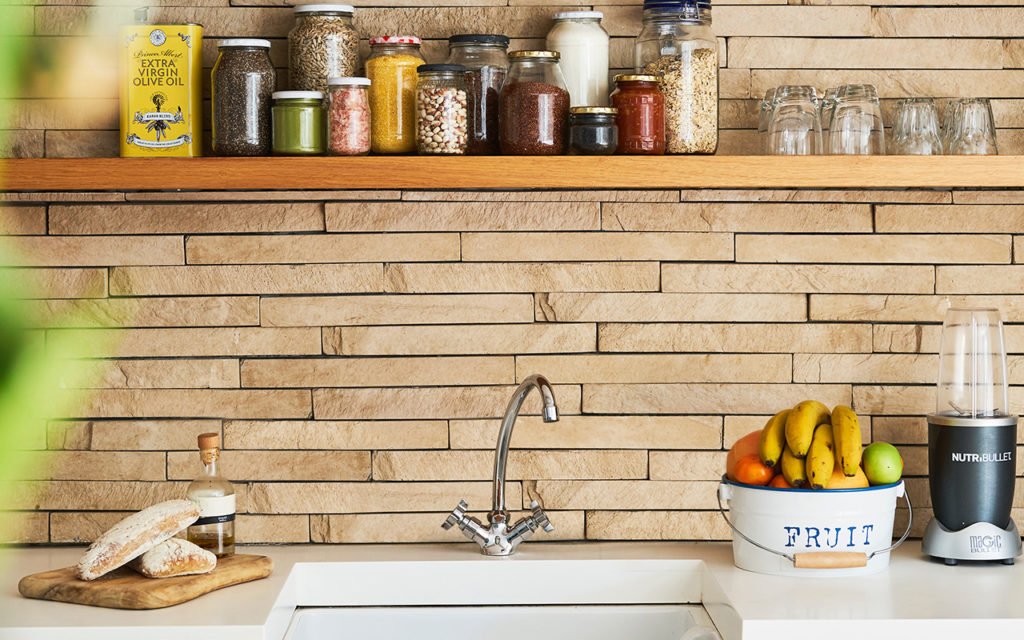
Styling your kitchen is an exciting yet oftentimes daunting task. From picking out backsplash to deciding where to store your pots and pans, there’s a laundry list of decisions to make. One important, pivotal item on the agenda is picking out a faucet. A lot of people choose a faucet based on looks alone. That’s not the best strategy. You should also consider its functionality and what type of faucet your sink is designed for.
There are many factors to consider when picking out a faucet. Be discerning while picking one out. Also, come prepared to invest a good chunk of money towards it. A high-quality kitchen faucet is typically priced at around $100. Anything less might not stand the test of time.
Here are some considerations to keep in mind when shopping for a quality kitchen faucet.
One of the first steps you should take when looking for a kitchen faucet is figuring out what your sink is compatible with. There will be one to four pre-drilled holes in place. It’s fairly simple to determine how many holes your sink has.
A single hole will feature a faucet with an attached handle. Three holes will feature a spout and two separate handles off to each side. A fourth hole is featured for accessories such as side sprayers, osmosis water filters, or soap dispensers.
If you have a single spout but it features a deck plate, there might be two additional holes off to the sides. The inverse is true as well. If you prefer the single spout and have three mounting holes, buy a faucet with a deck plate to cover them.
Most faucets are positioned in the center of a sink but that’s not always the case. If you have a side-mounted faucet, be sure the spout is long enough to reach the other end of the basin. Tall, pulldown faucets are usually a great option for this situation.
Be sure to check the packaging on a new faucet to confirm that it will be compatible with your sink.
Look under your sink within its housing cabinet to note the size of the existing shutoff valve. The sizes should be etched directly onto the waterline and valve. Note that some older homes may not feature shutoff valves.
Most newer faucets feature a 3/8-inch flex line. Many older water shutoff valves are 1/2-inch in size. If that’s the case, you'll need to switch the shut-off valves to a 3/8-inch valve before installing your new faucet.
There are several different types of faucets. Each will have a distinct look and function. Know the difference to better narrow down your search while shopping for a kitchen faucet.
Now that you have the basic differences between faucets down, it’s time to think about some of the nitty-gritty details. For instance…
What will be the optimal spout height and reach for your sink basin? It’s a good idea to take measurements before heading to the home improvement store.
Which finish do you want? Which will match the overall aesthetic of your kitchen. Keep in mind that some finishes are stronger than others. Chrome is the most durable, satin nickel is a middle-of-the-road option, and bronze is tough but the most susceptible to damage.
Will you want a built-in filtration system? Perhaps a reverse osmosis filter? If so do you need to drill more mounting holes?
At the end of the day, go with the kitchen sink faucet that will make your day-to-day life easier. Armed with the information above, you’re sure to find the ideal option for your lifestyle, aesthetic, and preference.